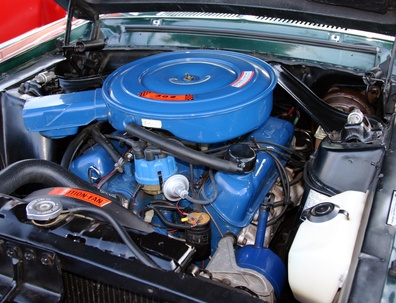
Cylinder heads provide a passage for fuel and air to reach the engine. Cylinders must be attached correctly to the engine to function properly. When the seal is compromised due to age or damage, engine troubles begin. Resurfacing cylinder heads allows mechanics to reform a proper seal. A handful of techniques are available to resurface cylinder heads.
Silicone carbide grinding wheels produce a smooth surface finish on cast iron and aluminum cylinder heads. Lubrication and coolant must be used to avoid burning the cylinder head surface. The grinding method should be used to remove a layer from the cylinder head no more than .001 inch deep.
Milling is a dry technique using carbide, polycrystalline diamond- or cubic boron nitride-based tools to resurface cylinder heads. PCD is a synthetic diamond material. CBN is a synthetic material, matched in hardness only by a diamond. Milling is less messy than grinding. Coolant use is not required during the milling procedure. Removing calcium deposits on aluminum cylinders reduces the possibility of grooves being created during resurfacing.
Using a belt sander to resurface cylinder heads is considered by mechanics to be a time-saver. No equipment has to be mounted or prepped. Belt sanding is not as precise a technique as milling or grinding for resurfacing. The smoothness of the cylinder head finish is dependent on the skill of the mechanic performing the job.